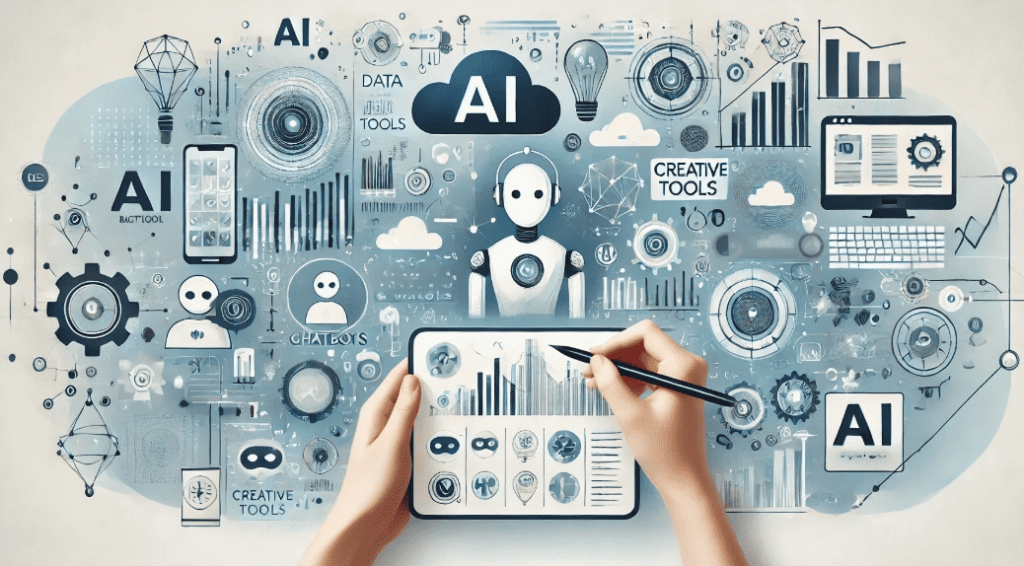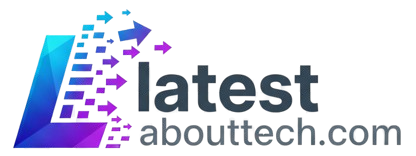Artificial intelligence (AI) is often promoted as the ultimate productivity booster. It promises to make your job faster, easier, and more efficient. From drafting reports in seconds to analyzing spreadsheets instantly or generating code before lunch, AI tools seem like the perfect time-savers.
But here’s the truth: while AI can make you feel more productive, it doesn’t always mean you’re actually getting more done. Many people end up spending as much time fixing AI’s mistakes as they saved using it. So, how can you use AI to truly boost productivity—without letting it waste your time?
Let’s dive deeper.

The Productivity Illusion: Why AI Feels Faster but Isn’t Always Better
AI tools give the illusion of acceleration. You can see text, designs, or code appear instantly, which feels satisfying. However, faster doesn’t always mean better.
According to an MIT study, 95% of generative AI pilots in companies didn’t show measurable profit impact—even after billions in investment. The reason? Most AI systems don’t learn from feedback or adapt to the organization’s unique context. In short, they’re fast, but not always smart.
Similarly, a study among developers found that AI coding tools made experienced coders slower—taking 19% longer on familiar codebases—yet they believed they were working faster. That’s the productivity mirage: you feel productive, but you’re not actually moving forward.
Why AI Only Gets You 90% There
AI often produces content, code, or ideas that look 90% complete. That’s impressive—but the last 10% is where quality, accuracy, and expertise matter most.
As Jeff Escalante, Engineering Director at Clerk, says:
“Anything you ask AI to do will likely contain mistakes—whether it’s fabricating data or writing code that doesn’t work. It must be reviewed by an expert before it’s delivered.”
AI isn’t a self-driving car—it’s more like a bright intern. It can draft, brainstorm, and automate routine tasks, but it still needs supervision.

The Right Way to Use AI for Real Productivity
AI can transform your workflow if you use it strategically. Here’s how to get real results instead of fake efficiency:
1. Be the Subject Matter Expert
AI can generate text or code, but it can’t understand your goals, brand voice, or professional standards. You need to know what “good” looks like so you can refine what AI creates.
2. Use AI as a Draft Partner, Not a Finisher
Let AI help you brainstorm ideas, outline a structure, or generate a first draft. But keep the final editing, decision-making, and polishing in your hands. The most successful AI users iterate and refine.
3. Automate the Shallow, Protect the Deep
AI is perfect for low-level, repetitive tasks—like summarizing reports, generating templates, or analyzing large data sets.
However, for deep work—creative strategy, relationship building, or critical thinking—AI should stay in the background.
4. Measure Real Outcomes
Don’t rely on how fast something “feels.” Track whether AI actually saves time or improves results. Are you delivering better work, or just producing more drafts to review?
5. Keep Learning AI Tools
The AI landscape evolves rapidly. Understanding new tools, prompt strategies, and integrations can multiply your productivity. Treat AI literacy as a long-term skill, not a one-time trick.
The Human Element Still Matters
At its best, AI removes the repetitive tasks that crowd your day, freeing up time for creativity and focus. But it can also amplify chaos if used without direction.
AI won’t decide your priorities, manage your time, or ensure your goals are met—you will. Productivity is still a human skill. The most effective professionals use AI intentionally: they stay in control, define clear goals, and review results critically.
As Jeff Smith, PhD, founder of QuantumIOT, puts it:
“AI is probabilistic, not deterministic. It makes mistakes, and it will for a long time. It’s an assistant, not a replacement.”
Stay in the Driver’s Seat
AI can supercharge productivity—but only for those who know how to use it wisely. Don’t treat it as a self-driving car; treat it like a manual transmission. You’re the one steering, shifting, and deciding where to go.
If you combine your expertise with AI’s speed, you’ll not only save time but also create higher-quality, smarter, and more meaningful work. The future of productivity isn’t machine-led—it’s human-directed.
You may also like this: AI vs Human Creativity: Who’s Winning?


